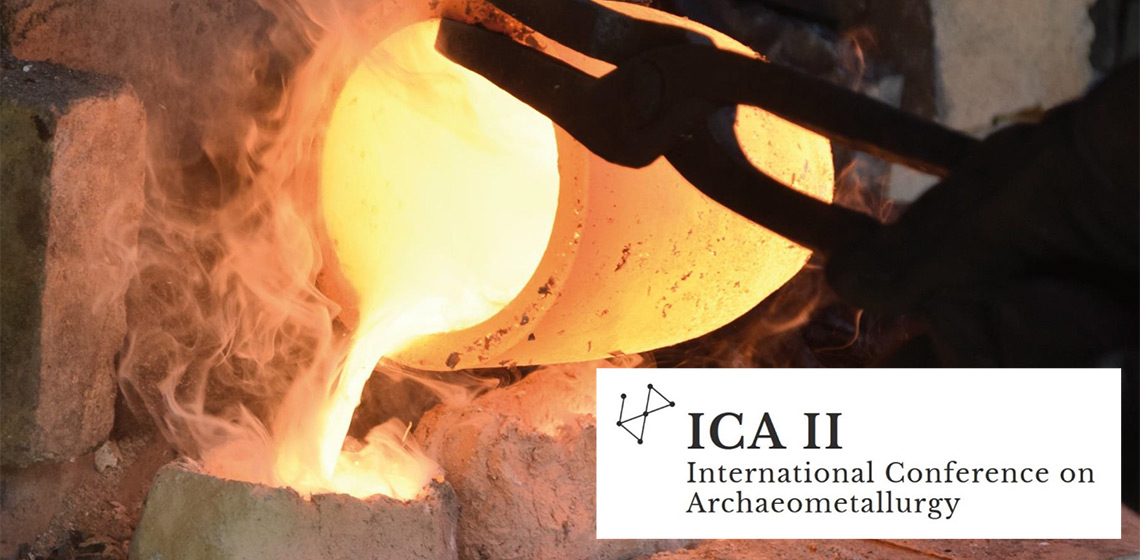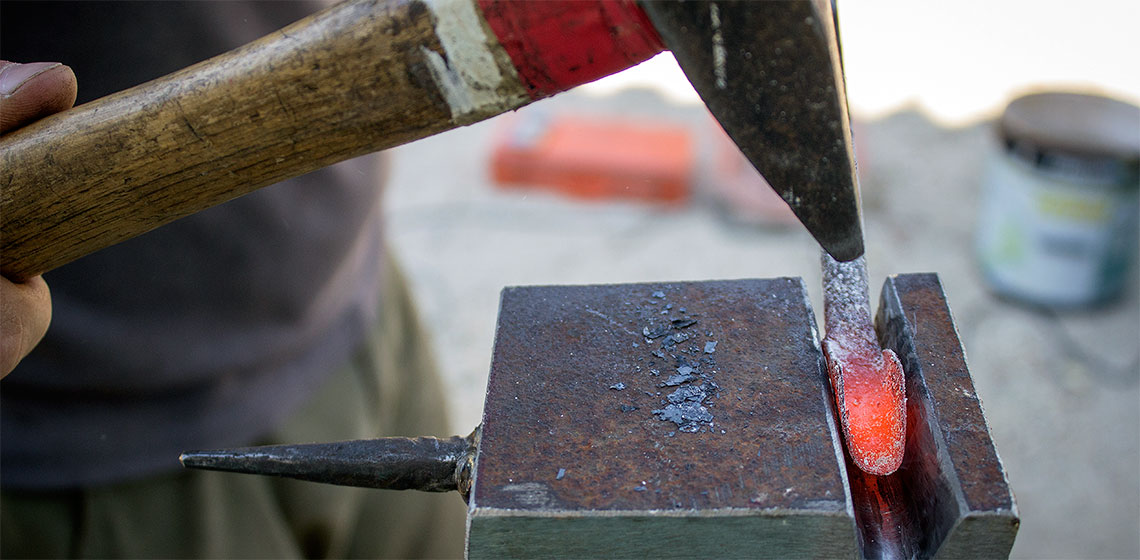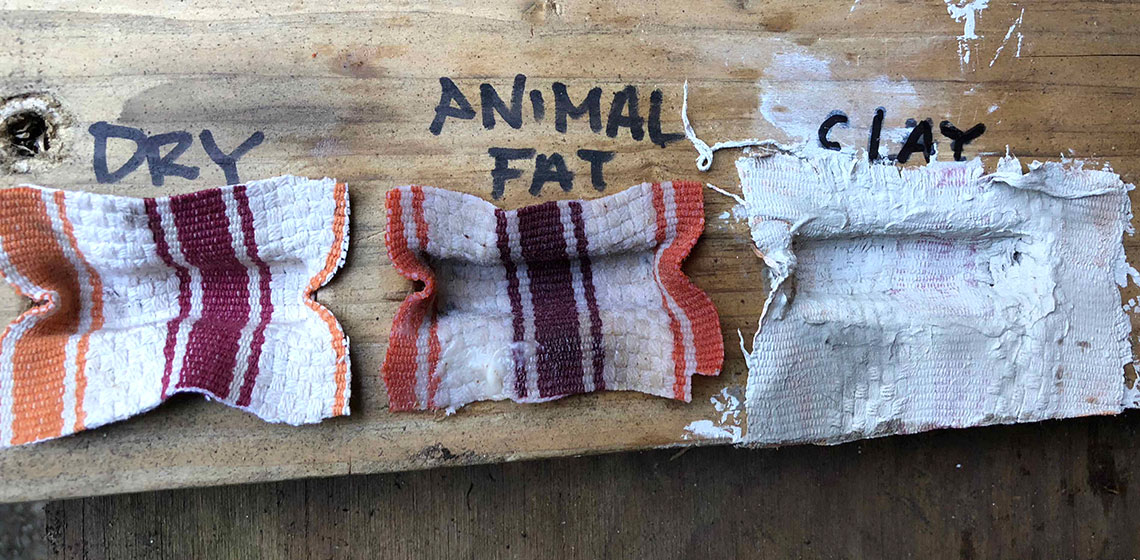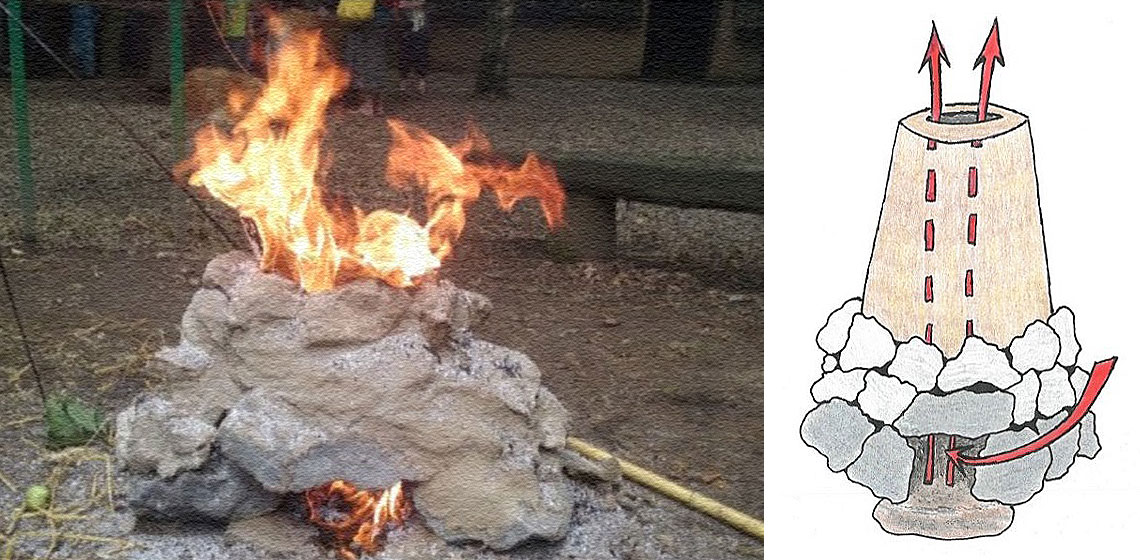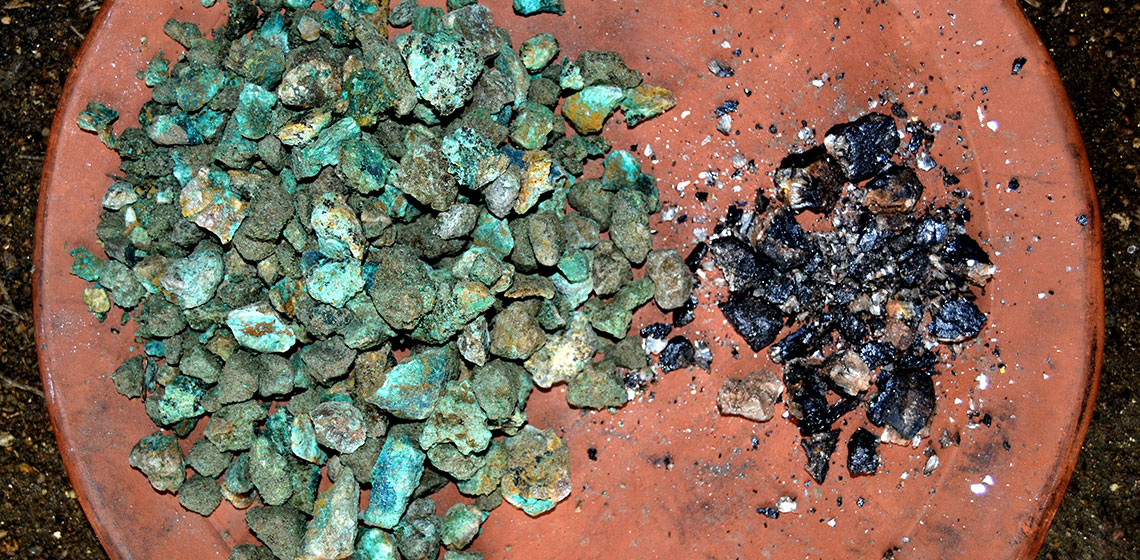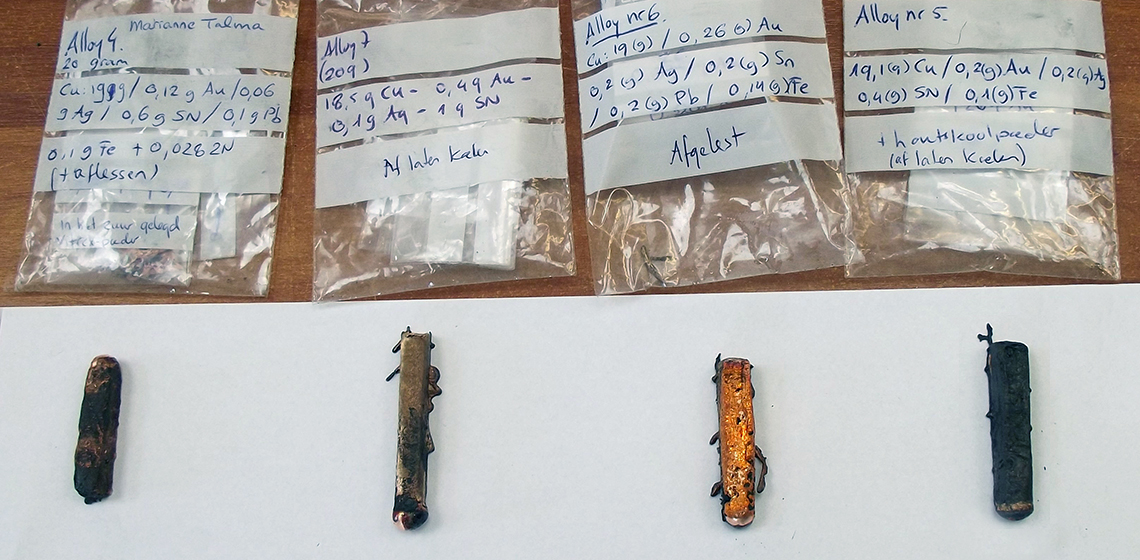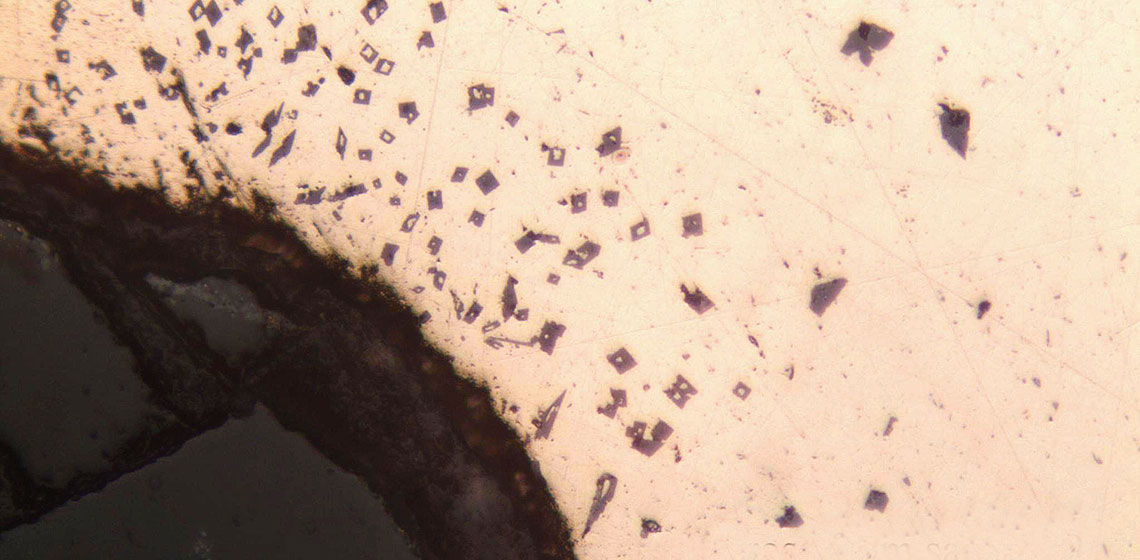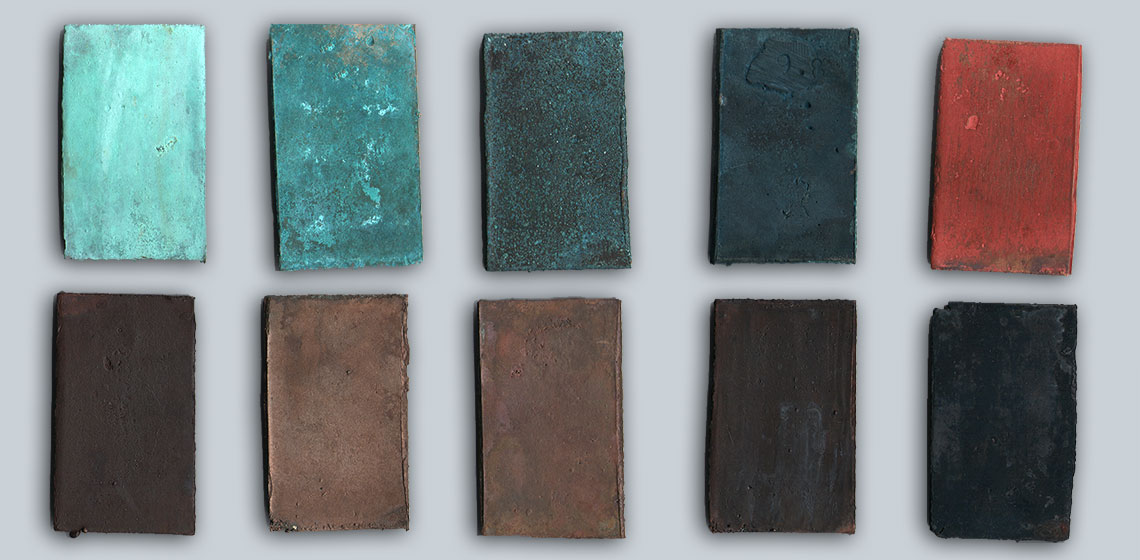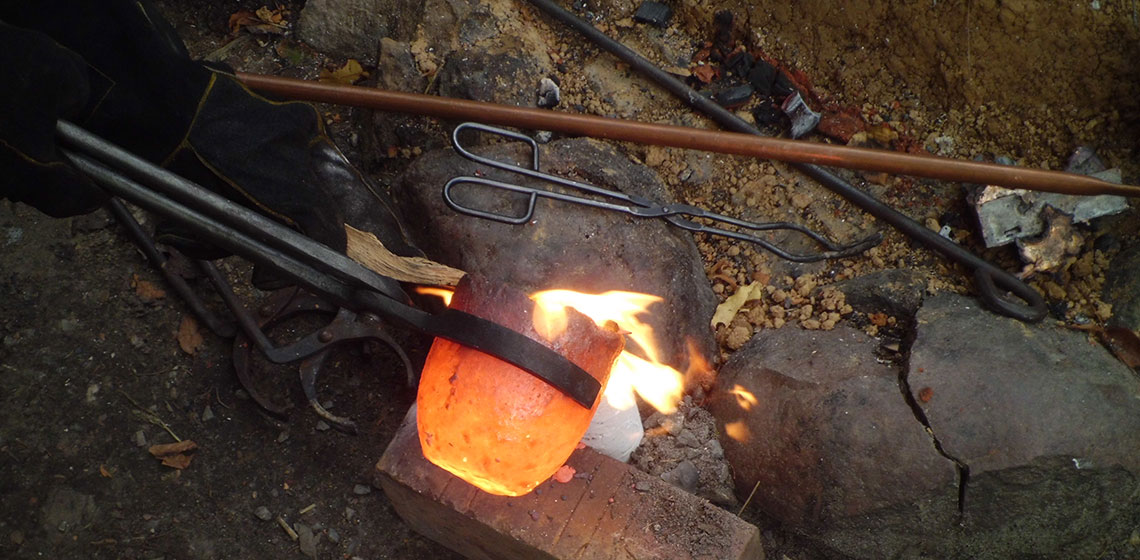metallurgy
Conference Review: ICA II Conference Paris, France
Experimental Analysis of Metal Points from Quattro Macine: Reproduction and Interpretation
Textile Textured Silver Ingots: A Technical Investigation into how these Textures came to be on some Viking Hoard Ingots
Experimental Archaeometallurgy of Early-Middle Bronze Age Cyprus: Pilot Experiments of Copper Smelting at Pyrgos-Mavroraki
Experimental Archaeometallurgy and Pilot Experiments
Experimental archaeology applied to archaeo-metallurgical studies (experimental archaeometallurgy) has revealed itself as an essential tool to verify scholars’ hypotheses on the technological processes involved in ancient metallurgy. Experimental archaeometallurgy is a specialist field within experimental archaeology.
Learning to Recreate, Recreating to Learn. Experimental Archaeology
***This paper aims to present and discuss ongoing activities that combine Experimental Archaeology and Ethnoarchaeology developed in the scope of a master's degree, a post-doctoral and other research projects at the University of Vigo (Galicia, Spain), in collaboration with regional open-air museums and educational centres...
An Experimental Diachronic Exploration of Patination Methodology of Dark Patinated (Arsenical) Copper Alloys on Case Studies from the Eastern Mediterranean Bronze Age and Early Iron Age
Artificially dark patinated copper alloys appear in various times and regions and are commonly applied in prestigious polychrome metallic objects. Currently, the earliest finds known are from ca. 2000 BC in Egypt (See Fig. 1) and Palestine (See Fig. 2), followed by ca. 1500 BC in Greece and Cyprus (See Fig. 3 and 4) and again during the Roman period from ca. the late 4th century BC (See Fig. 5 and 6).

